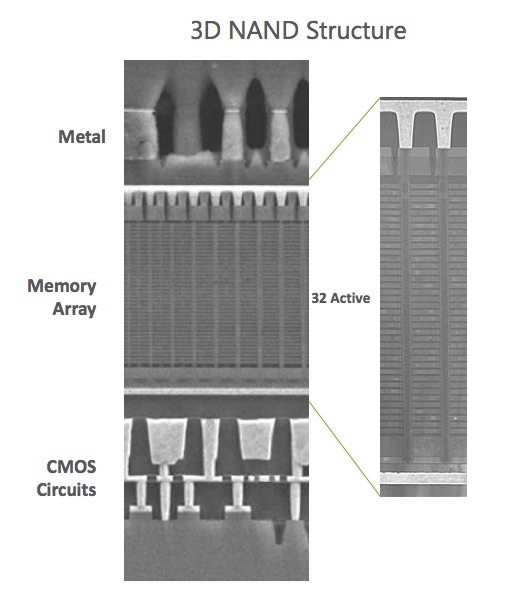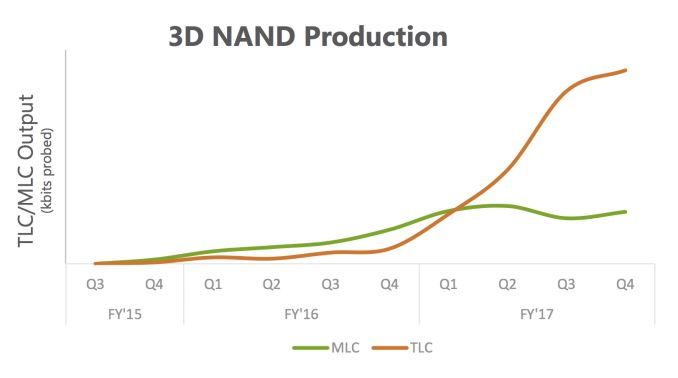
Everything from dachshunds dashing in the sun to the horrors of the PuppyMonkeyBaby.
Super Bowl commercials increasingly fall victim to overhype. The idea of watching the game not for the game but for the ads has put too much pressure on something that has always been, at best, a solid 30- or 60-second gag.
The ads are getting better at avoiding some of their worst pitfalls — including the misogynistic and sexist tendencies that dragged down many of the ads from earlier in the decade. But they also increasingly feel like a lot of money thrown after nothing, especially because so many of them are for companies or products you've never heard of before.
Still, there are always at least a few ads worth checking out — and some real stinkers. Here are the nine best and five worst commercials from Super Bowl 50 — and one we simply couldn't classify. If you want to see all of the ads, you can check out our comprehensive collection here.
The best Super Bowl commercials
1) Heinz: Wiener dogs
The Super Bowl is a place for cute animals behaving cutely. Cute animals appeal to people, regardless of any other philosophical differences they may have. But it's hard to do a cute animal ad well, in a way that actually sells the product. Heinz's ad is both an immensely appealing image — all those dachshunds dressed as hot dogs, bounding through a happy meadow — and a subtle showcase of its full line of ketchups, branded here as a family that just loves hugging dogs.
2) T-Mobile: "Restricted Bling"
The surprising theme of this year's Super Bowl commercials: solid comedic performances from people you might not expect. First on that list for me is musician Drake, who drops by this T-Mobile ad to perform his hit "Hotline Bling," which is then changed by cellphone company executives to reflect things like music streaming incurring data charges. Sure, Drake started out as an actor, but he's never been known for his comedic skills. It's fun to see him toss out punchlines in this ad.
3) Budweiser: Helen Mirren
See also: Helen Mirren telling you why you'd be an idiot not to get a designated driver, while also sitting near a Budweiser. Somehow, it's hard to imagine Mirren drinking an ice-cold Bud, but she's clearly having fun telling off a theoretical drunk driver for his or her stupidity.
4) Turbotax: "Never a Sellout"
Also in the "British greats turning in slyly comedic performances" category is this meta-commentary on the fact that the celebrities who appear in commercials make lots and lots of money to shill things. Here, Oscar winner Sir Anthony Hopkins says he will never, ever sell out — before revealing all of the stuff he has emblazoned with the Turbotax logo. Hopkins saying "Turbotax" is an unexpected delight.
5) Shock Top: "Unfiltered Talk"
Our final installment in the "stars being funny" genre is this ad from Shock Top, featuring T.J. Miller of Silicon Valley and the upcoming film Deadpool shouting surprisingly funny insults at the orange that emblazons the brewer's every bottle. That's really all there is, but it's filled with great lines. (The full version is even better.)
6) Audi: "Commander"
Every year, there's an ad that aims to put a lump in your throat — and succeeds against all odds. This year, that ad is this Audi spot, which aims to promote a car so fast it will make you feel like you're traveling into space with the help of a former astronaut, who has become an old man, and the strains of David Bowie's "Starman." It's also likely the year's best-directed ad, and it's another where the full version is best.
7) Doritos: "Doritos Dogs"
Doritos' plan of turning over its commercials to amateur filmmakers has produced mixed results in the past, but both of this year's spots were solidly funny. This one, in particular, takes a pretty basic gag — a bunch of dogs want to break into a grocery store to eat some Doritos — and adds several fun twists.
8) Jason Bourne
Super Bowl movie trailers are often guilty of trying to cram too many cool moments into a 30- or 60-second spot, a sin this ad is definitely guilty of. But at the same time, the Bourne movies were so massively successful — both creatively and commercially — that any footage from the shrouded-in-secrecy fourth film feels like a revelation.
9) Marmot: "Love the Outside"
My wife hated this ad, but I liked the way it rode the line between being incredibly disturbing and incredibly weird. You will ... almost certainly disagree.
The worst Super Bowl commercials
1) Quicken Rocket Loans: "What We Were Thinking"
This ad feels like something that will pop up in The Big Short 2 as ironic foreshadowing of a second economic collapse. Yes, homeownership is a good thing, and, yes, it can help drive the economy, but this ad postulates that the only thing preventing many of us from getting a mortgage is that we don't have a smartphone app that will help us do so. It all feels like the edge of a dark, dystopian future.
2) Xifaxan: "Relief"
This ad, featuring a digestive tract that looks like a discarded abomination from the Jim Henson Creature Shop, is one of three incredibly strange commercials that clogged up the game with cautionary tales about things going wrong with your bodily functions. It doesn't help that the little stomach with legs is so odd-looking.
3) OICIsDifferent.com: "Envy"
This commercial concludes with a guy who can't poop staring longingly at a woman trailing toilet paper from her shoe. It's like a really weird riff on the beginning of 101 Dalmatians, only instead of dogs bringing a couple together, it's horrible constipation and toilet paper.
4) Mountain Dew Kickstart: "PuppyMonkeyBaby"
Dear God, get it out of here! Kill it with fire!
5) Nintendo: Pokémon 20th anniversary
Unlike the four other "worst" ads listed above, this one doesn't horrify. It's just poorly conceived and executed. There are some nice moments, but overall it feels like a rough attempt to equate getting really good at Pokemon with getting really good at running, football, or chess. And even though I enjoy Pokemon, that seems specious.
Best or worst commercial? I can't decide.
NFL: Seal and baby choir
The NFL goes all in on the idea that Super Bowl victories lead to lots of babies being born in the champion city nine months later. Maybe that's true, but at first, having a choir of said Super Bowl babies sing along with Seal seems creepy. And then the Super Bowl babies from 2014 arrive, and the whole ad veers back toward being cute. Babies can save everything! (Except the Puppymonkeybaby.)
![]()
![]()









 Apple today released an updated version of iOS 9.2.1, which is designed to prevent the
Apple today released an updated version of iOS 9.2.1, which is designed to prevent the 
 Apple has officially acknowledged the "1970" date bug affecting 64-bit iPhone, iPad, and iPod touch devices. The
Apple has officially acknowledged the "1970" date bug affecting 64-bit iPhone, iPad, and iPod touch devices. The 





